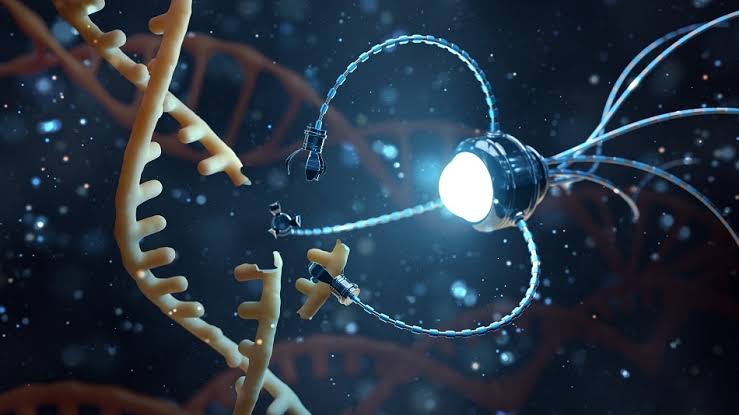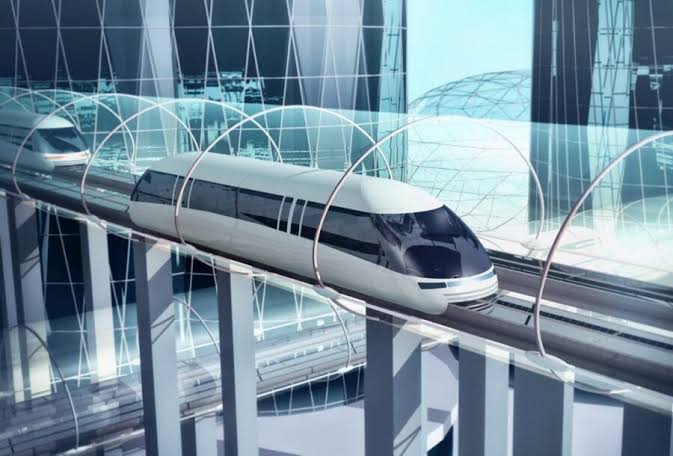Nanorobotics is one of the most groundbreaking frontiers in science and engineering today. As of July 2025, it represents the convergence of nanotechnology, robotics, and biotechnology—an advanced field focused on creating tiny machines or robots at the scale of nanometers, or one-billionth of a meter. These nanorobots, or nanobots, are so small that they can interact with cells, molecules, and even DNA, performing complex tasks inside living organisms or micro-environments.
While the idea of machines at such a microscopic level may sound futuristic, it is steadily becoming reality. Research institutions, pharmaceutical giants, and tech startups are making significant strides in developing functional prototypes. With potential applications ranging from precision medicine to environmental cleanup, nanorobotics holds immense promise for solving problems that conventional machines and tools cannot reach.
Key Characteristics and Components
Nanorobots are built with incredibly small components that allow them to move, sense, and act at the nanoscale. These tiny machines are typically made from carbon nanotubes, DNA strands, metals, or other biocompatible materials. In some designs, they are powered by chemical reactions, magnetic fields, or molecular motors.
There are generally three main parts to a functional nanorobot:
- Sensors – to detect specific molecules or environmental changes.
- Actuators – to perform physical actions, such as delivering drugs or cutting through cells.
- Controllers – to guide behavior, either via programmed instructions or external commands like ultrasound or electromagnetic fields.
This combination of miniaturized sensing, movement, and control systems enables nanobots to carry out tasks with unprecedented precision inside hard-to-reach environments.
Applications in Medicine
Perhaps the most exciting application of nanorobotics is in the medical field. These microscopic robots offer potential solutions for treating diseases at the cellular or molecular level—transforming the way we approach healthcare.
1. Targeted Drug Delivery
Instead of flooding the entire body with medication, nanorobots can deliver drugs directly to the affected tissue or tumor. This minimizes side effects and improves the effectiveness of treatment, especially in cases like cancer, where precision is critical.
For example, scientists are developing DNA-based nanobots that recognize specific cancer cells and release chemotherapy drugs only when inside those cells, reducing harm to healthy tissue.
2. Cancer Detection and Treatment
Nanobots equipped with molecular sensors can patrol the bloodstream, identifying early signs of cancer before symptoms appear. Once detected, they could either signal the immune system or begin treatment immediately.
Some research teams are also experimenting with thermal nanobots that target cancer cells and raise their temperature to destroy them without affecting surrounding tissue.
3. Surgery and Cellular Repair
Future nanobots may be capable of repairing tissues or even individual cells by rebuilding damaged structures at the molecular level. This opens doors for treating degenerative diseases, spinal injuries, or organ damage in ways that traditional surgery cannot.
4. Diagnostics and Monitoring
Nanobots can continuously monitor internal biomarkers, providing real-time health data. This could allow for earlier detection of conditions like diabetes, sepsis, or heart failure, long before symptoms become life-threatening.
Industrial and Environmental Applications
Nanorobotics isn’t limited to the human body. The technology also holds promise for solving some of the world’s biggest industrial and environmental challenges.
1. Pollution Control
Nanorobots could be deployed to clean up oil spills or toxic waste by breaking down harmful chemicals at the molecular level. Some prototypes are being tested in water purification systems, targeting heavy metals and microplastics.
2. Precision Manufacturing
In electronics and materials science, nanobots are being used to assemble components atom by atom. This could revolutionize the manufacturing of semiconductors, solar cells, or other nanoscale devices with unmatched precision.
3. Agricultural Enhancement
In agriculture, nanobots could monitor soil health, detect pathogens in plants, and deliver nutrients exactly where needed. This targeted approach can help increase crop yield while reducing the use of fertilizers and pesticides.
Challenges and Ethical Concerns
Despite its potential, nanorobotics faces several hurdles before widespread use becomes reality.
- Manufacturing Complexity: Creating machines at the nanoscale remains technically demanding and costly.
- Biocompatibility: Ensuring nanorobots don’t trigger immune responses or unintended side effects in the human body is crucial.
- Power Supply: Sustaining the energy needed to operate inside living tissue is an ongoing challenge.
- Control and Communication: Coordinating swarms of nanobots and ensuring they perform reliably under variable conditions is still in the research phase.
Additionally, there are ethical concerns surrounding privacy, surveillance, and misuse. Could nanorobots be hacked? Could they be used for malicious purposes? These are questions scientists and policymakers must address as the technology matures.
The Road Ahead
As of mid-2025, the field of nanorobotics is advancing rapidly, thanks to breakthroughs in AI, materials science, and biotechnology. Researchers are developing smarter, more autonomous nanobots that can make decisions on their own and work in coordinated swarms—an idea inspired by how ants and bees function.
Governments and private investors are pouring funds into research hubs focused on nanomedicine and nanomanufacturing. Global partnerships are also being formed to establish ethical standards and promote safe innovation.
Within the next 10 to 15 years, it’s expected that we will see early commercial applications of nanorobots in hospitals, clean energy systems, and high-precision industries. While mass adoption may take time, the building blocks are already in place.
Conclusion
Nanorobotics represents a giant leap in how we interact with the microscopic world. From curing cancer to cleaning oceans and creating ultra-efficient machines, its applications are as vast as they are revolutionary. Though still in its early stages, the pace of development suggests that nanorobots could soon become integral to medicine, manufacturing, and environmental stewardship.
Understanding the principles and potential of nanorobotics today prepares us for a future where science fiction becomes scientific reality. With continued innovation, collaboration, and ethical foresight, these tiny machines may have a massive impact on every aspect of our lives.



